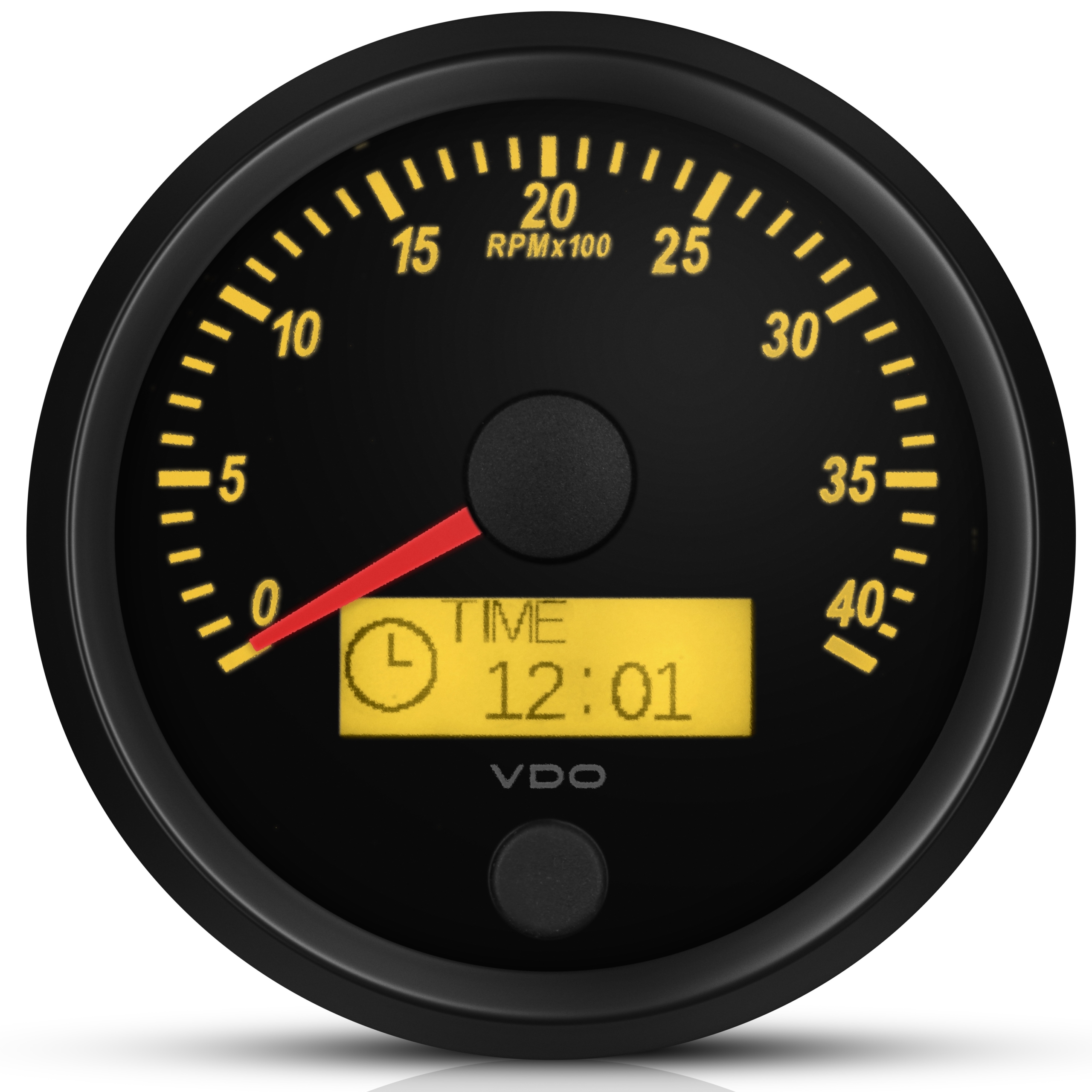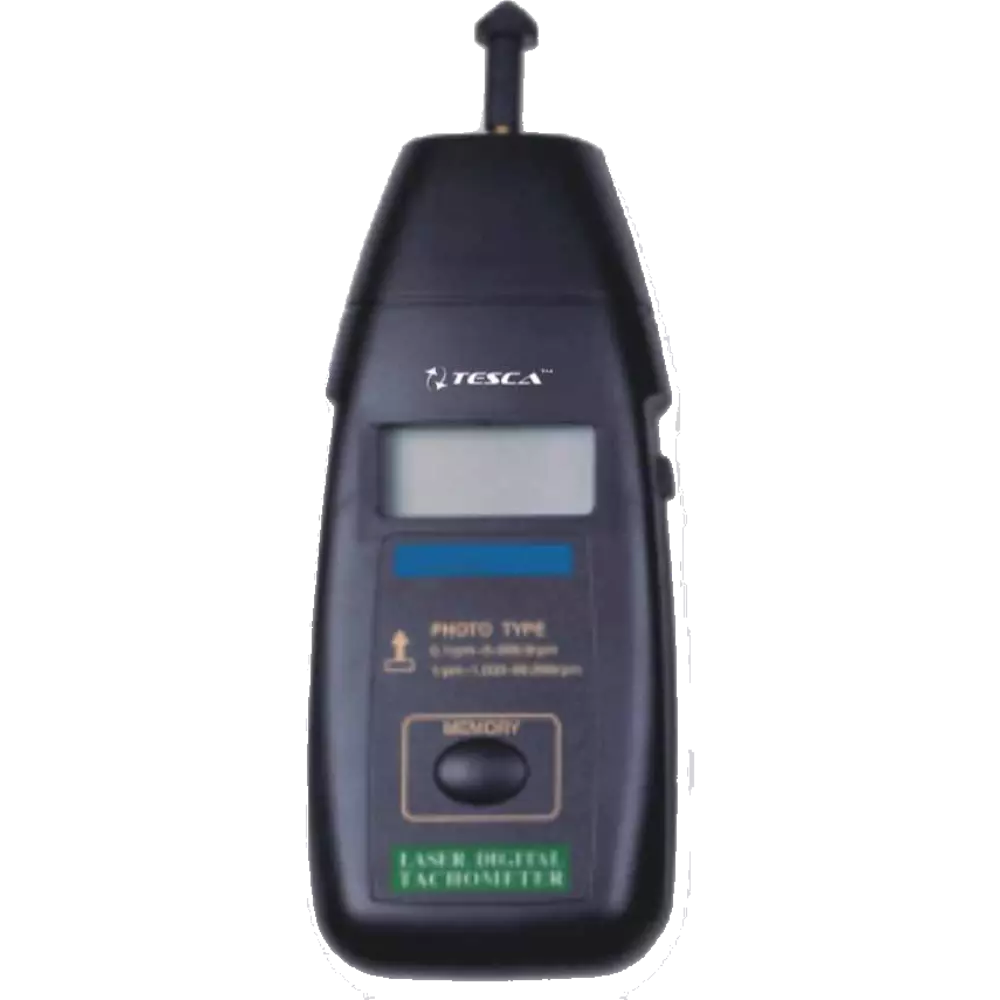Exactly How a Tachometer Assists Monitor Engine Health and Performance
Exactly How a Tachometer Assists Monitor Engine Health and Performance
Blog Article
Unlocking the Secrets of Tachometers: Everything You Required to Find Out About This Essential Tool in Your Automobile
Comprehending the ins and outs of tachometers can offer important insights right into your lorry's performance and maintenance needs. From gauging engine speed to analyzing the data it offers, tachometers offer as a crucial device for automobile owners and fanatics alike. By untangling the secrets behind this important instrument, you can open a wealth of details that can improve your driving experience and make sure the durability of your vehicle.
Relevance of Tachometers
The relevance of tachometers lies in their capacity to offer essential real-time information regarding an engine's rotational rate, enabling for precise monitoring and upkeep of machinery. By gauging the changes per minute (RPM) of an engine's crankshaft, tachometers offer useful insights right into the engine's efficiency - tachometer. This data is essential for making sure that the engine runs within its optimal array, avoiding possible damage from over-revving or underperforming
Tachometers play a crucial duty in assisting drivers and specialists identify any abnormalities in the engine's rate, which could show issues such as fuel inadequacy, mechanical problems, or extreme pressure on the engine. By promptly determining these concerns through tachometer readings, upkeep can be executed proactively, avoiding costly fixings and downtime over time.
Furthermore, tachometers are specifically crucial in high-performance cars and machinery, where exact control over engine rate is essential for optimal operation. Racing automobiles, airplane, and commercial tools count on tachometers to provide peak efficiency while keeping safety standards. Basically, tachometers are not just instruments for determining speed but vital tools for making sure the smooth and effective procedure of engines throughout different applications.
Exactly How Tachometers Procedure Engine Rate
Utilizing sensing units that find the regularity of electric pulses generated by the engine's ignition system, tachometers accurately gauge the rotational speed of an engine. By keeping track of the price at which these pulses are gotten, tachometers offer real-time responses on exactly how fast the engine's crankshaft is revolving per minute, frequently referred to as changes per minute (RPM)
The tachometer's sensing unit, typically connected to the engine's ignition coil or ignition system wires, gets the electrical signals generated each time a cylinder fires. These signals are after that converted right into RPM analyses displayed on the scale or instrument cluster within the chauffeur's sight. Tachometers can be analog or digital, with modern-day cars generally featuring electronic displays for accurate and instant RPM readings.
This info is crucial for motorists to recognize the engine's performance, stop over-revving, optimize gear changing, and ensure effective gas consumption. By precisely measuring engine speed, tachometers play an essential role in assisting vehicle drivers operate their cars securely and successfully.
Translating Tachometer Analyses
Having page a clear understanding of just how tachometers measure engine speed sets the structure for efficiently translating the RPM analyses presented. Interpreting tachometer readings is important for ideal lorry performance and engine health. RPM (Transformations Per Minute) readings on the tachometer suggest the rate at which the engine's crankshaft is turning. When the engine is idling, the tachometer needle generally rests around 600-1000 RPM, depending on the vehicle. As you speed up, the RPM will enhance, mirroring the engine's higher rotational speed. When shifting equipments in a hand-operated transmission lorry, the RPM will certainly go down as you involve the clutch and adjustment equipments, after that rise once again image source as you speed up in the new gear. Keeping an eye on the tachometer can assist you figure out one of the most effective moving points to maximize gas economic situation and engine power. In addition, abnormal fluctuations or consistently high RPM readings can show prospective problems with the engine that may require specialist focus. By paying interest to the tachometer readings and understanding just how to analyze them, you can guarantee your automobile operates efficiently and successfully.


Tips for Making Use Of Tachometers Efficiently
To boost driving effectiveness and optimize engine performance, what key approaches can be executed for properly using tachometers? Tachometers are crucial devices that provide real-time comments on engine rate, allowing vehicle drivers to make educated click to find out more choices for better performance - tachometer. Below are some suggestions for utilizing tachometers efficiently:
Understanding Ideal RPM Array: Familiarize yourself with the optimum RPM (Revolutions Per Minute) array for your vehicle. This variety ranges different automobiles and is normally suggested in the proprietor's manual. Maintaining the engine within this array can enhance gas performance and prolong the engine's life expectancy.
Moving Equipments at the Correct Time: Make use of the tachometer to determine the best time to shift gears. Upshifting as well early or as well late can lead to lowered performance and efficiency. Purpose to change equipments when the RPM gets to the optimum array for the following equipment.
Checking Engine Tension: High RPMs for prolonged periods can stress the engine. Watch on the tachometer to protect against over-revving, specifically throughout velocity or when bring heavy loads.
Tachometers and Lorry Upkeep
When taking into consideration car maintenance, tachometers play an essential role in monitoring engine efficiency and finding potential problems. Tachometers offer essential data on engine rate, allowing vehicle drivers and mechanics to ensure that the engine is running within the advised RPM variety. On a regular basis keeping an eye on the tachometer readings can aid determine problems such as engine misfires, damaged ignition system, or issues with the gas shipment system. By taking note of the tachometer, vehicle drivers can stop excessive pressure on the engine, which can result in pricey repairs down the line.
Along with finding potential problems, tachometers can additionally aid in enhancing gas efficiency. By maintaining the engine rate within the optimal variety, vehicle drivers can improve their gas mileage and decrease gas usage. This not just benefits the motorist's pocketbook but likewise adds to environmental conservation by reducing unsafe emissions.
Final Thought

Report this page